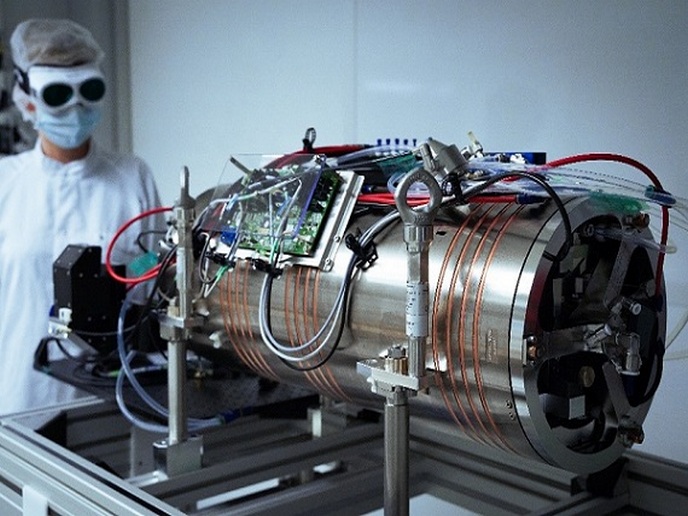Pushing the boundaries of quantum cascade lasers
Academics in France, Germany, Italy and the UK teamed up to make an important breakthrough in laser technology, which paves the way for applications ranging from fast gas detection through to metrology, microwave detection and non-destructive testing. EU project ULTRAQCL showed Quantum Cascade Lasers (QCLs) in the terahertz frequency range could also be adapted to the generation of very short pulses, as low as 1 picosecond. “This is an order-of-magnitude improvement,” says Dr Sukhdeep Dhillon, project coordinator at the physics laboratory at the National Centre for Scientific Research(opens in new window) (CNRS) and the Ecole Normale Supérieure(opens in new window) in Paris. “It had been assumed that their inherent nature could not be adapted to very short pulse generation.” The project researchers demonstrated the feasibility of very short pulses in a stabilised frequency comb – a broad spectrum composed of equidistant narrow lines – with a large spectral bandwidth. “This opens up the possibility of using a technique called dual frequency comb spectroscopy that can be applied to metrology and detect multiple species of gas with spectral signatures in the THz range,” explains Dr Dhillon. The researchers also showed the short THz pulses could be used as a method to generate low noise microwave radiation, as well using them for ultrafast THz detection for free space telecommunication applications. The consortium further demonstrated the lasers could be used for time-of-flight measurements – the measurement of the time taken by an object, particle or wave to travel a distance through a medium – which makes the laser suitable for non-destructive testing applications.
Gas detection
There is clear interest in commercialising applications. The total THz market(opens in new window) is estimated at about EUR 272 million, rising to EUR 1.3 billion by 2025. The team sees particular interest in how the generation of short pulses and frequency combs can be applied to detect multiple types of gases. They would like to focus on that in a future project. But ULTRAQCL researchers have already developed a considerable amount of spin-off technology for industry while working towards the project goals. They have filed three patent applications, including one for echoless photoconductive switches and a type of quartz switch for amplifier-based systems. Used during the project to investigate pulse generation in QCLs, they are now being considered for commercialisation. The partners attribute the project’s success to the pooling of expertise from European research centres: the University of Leeds in the UK, which led the activity of the material growth, with the CNRS, which focused on pulse generation using active methods, while the CNR-Nano in Italy focused on passive methods for pulse generation. The University Paris South headed up fabrication methods, the University of Regensburg, in Germany, ultrafast dynamics, while the National Institute of Optics(opens in new window) in Italy was in charge of research into applications, with a particular focus on metrology. “There was a real collaborative nature to the project – critical for the progress made,” says Dr Dhillon. “Although each partner had a distinct role, there were inputs from all partners into each activity to ensure that the final goals of the project were achieved.”







